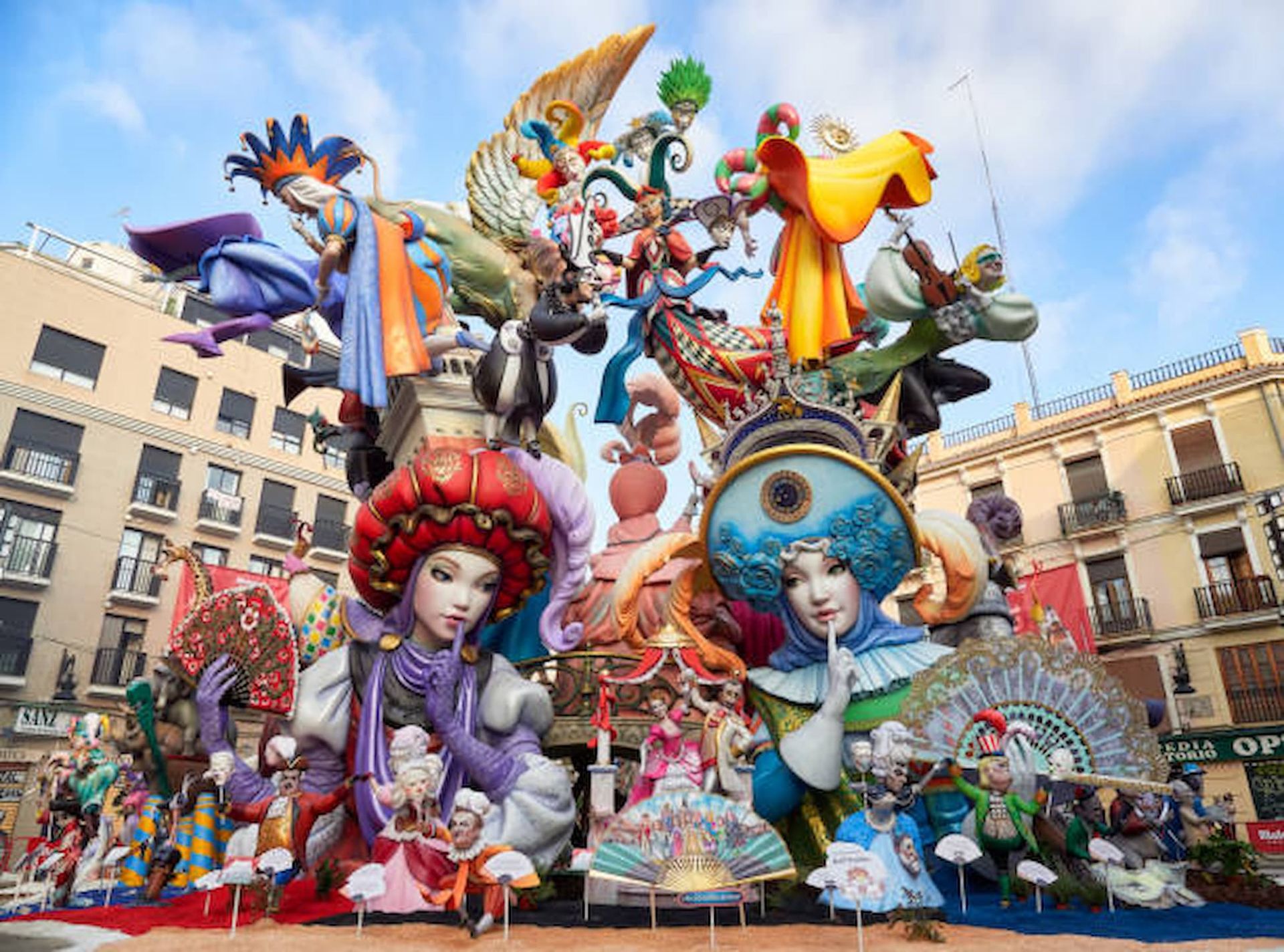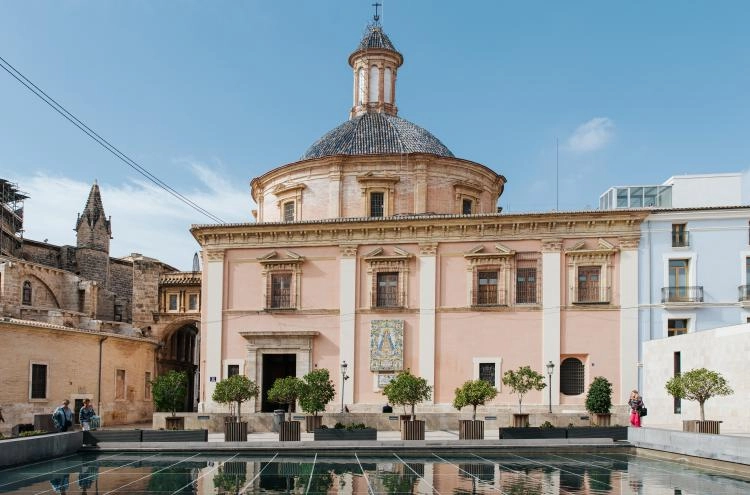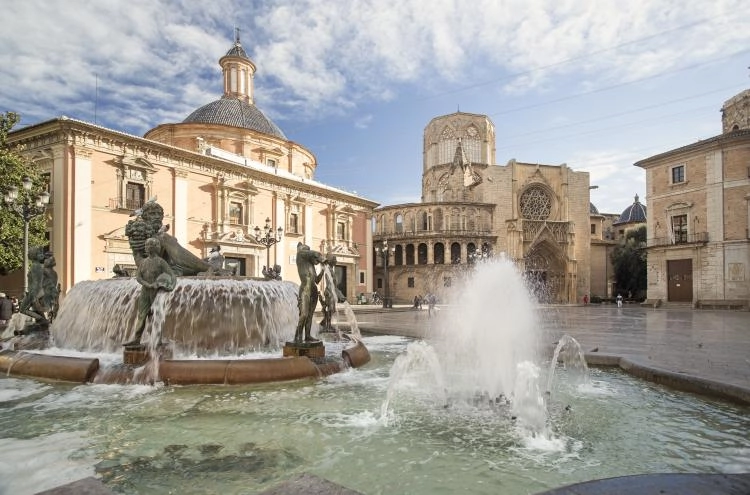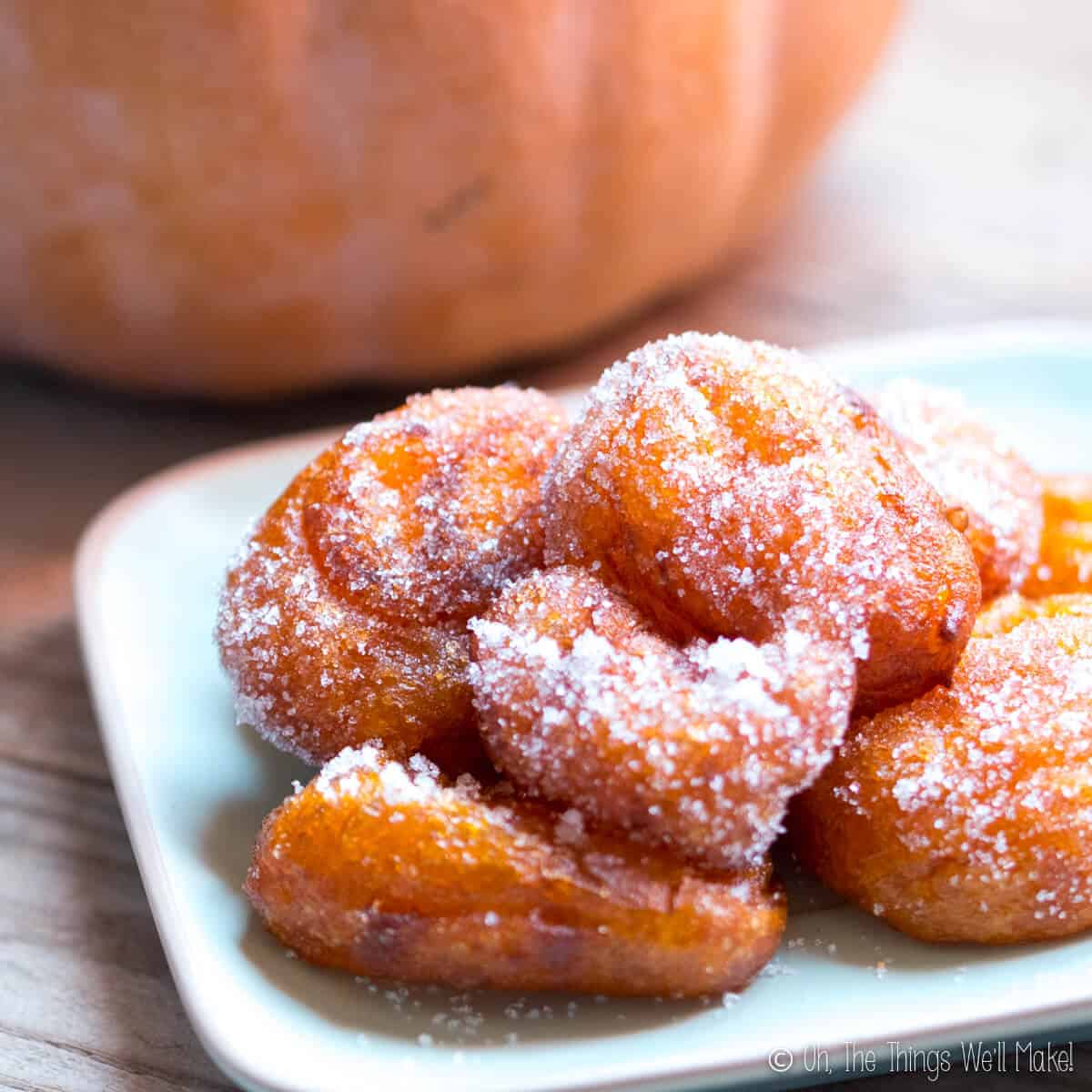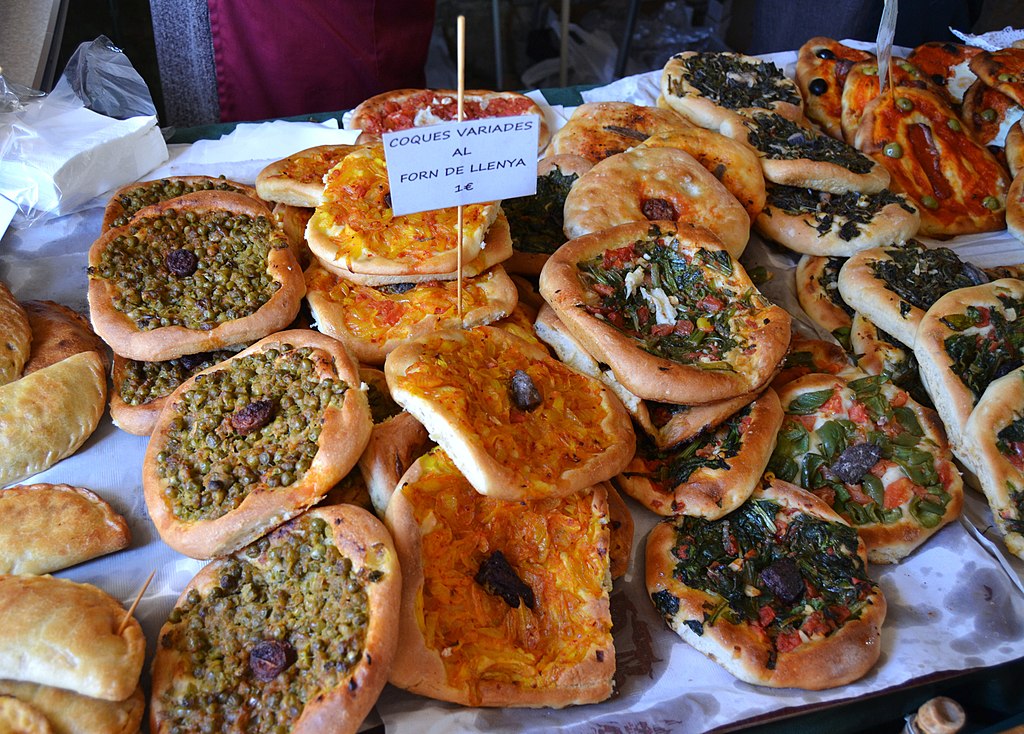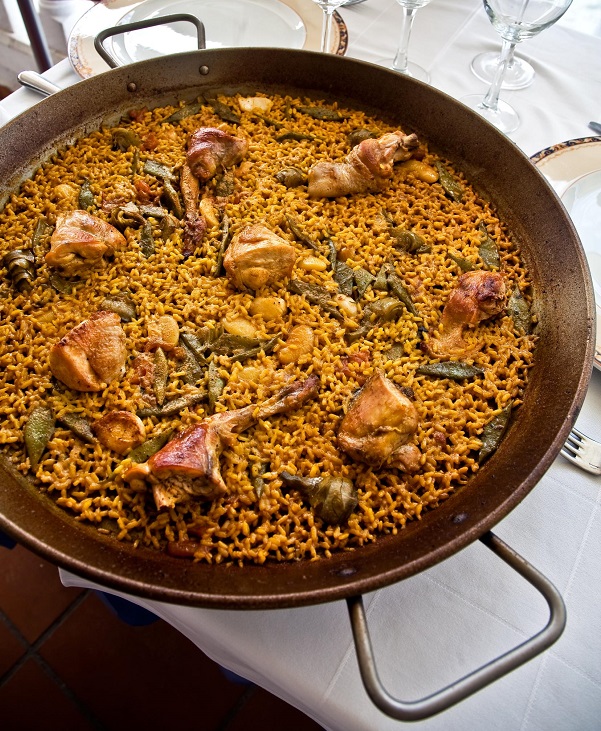Over time, Valencia’s cultural identity continued to expand to be shaped by events that were both grand and subtle. During the 15th century, known as the Golden Age of Valencia, the city became and emerged as a major Mediterranean trading power. It became a city with commerce, and with the help of the silk industry flourishing, the city of Valencia had widespread wealth and prestige to its name. A perfect example of showing the wealth and prestige of a city is La Lonja de la Seda (The Silk Exchange). It is a remarkable building that stands as a Gothic architectural masterpiece, and it symbolizes prosperity. Today, it is recognized as a UNESCO World Heritage site and a real testament to Valencia’s once-thriving mercantile spirit of the 15th century.
La Lonja de La Seda
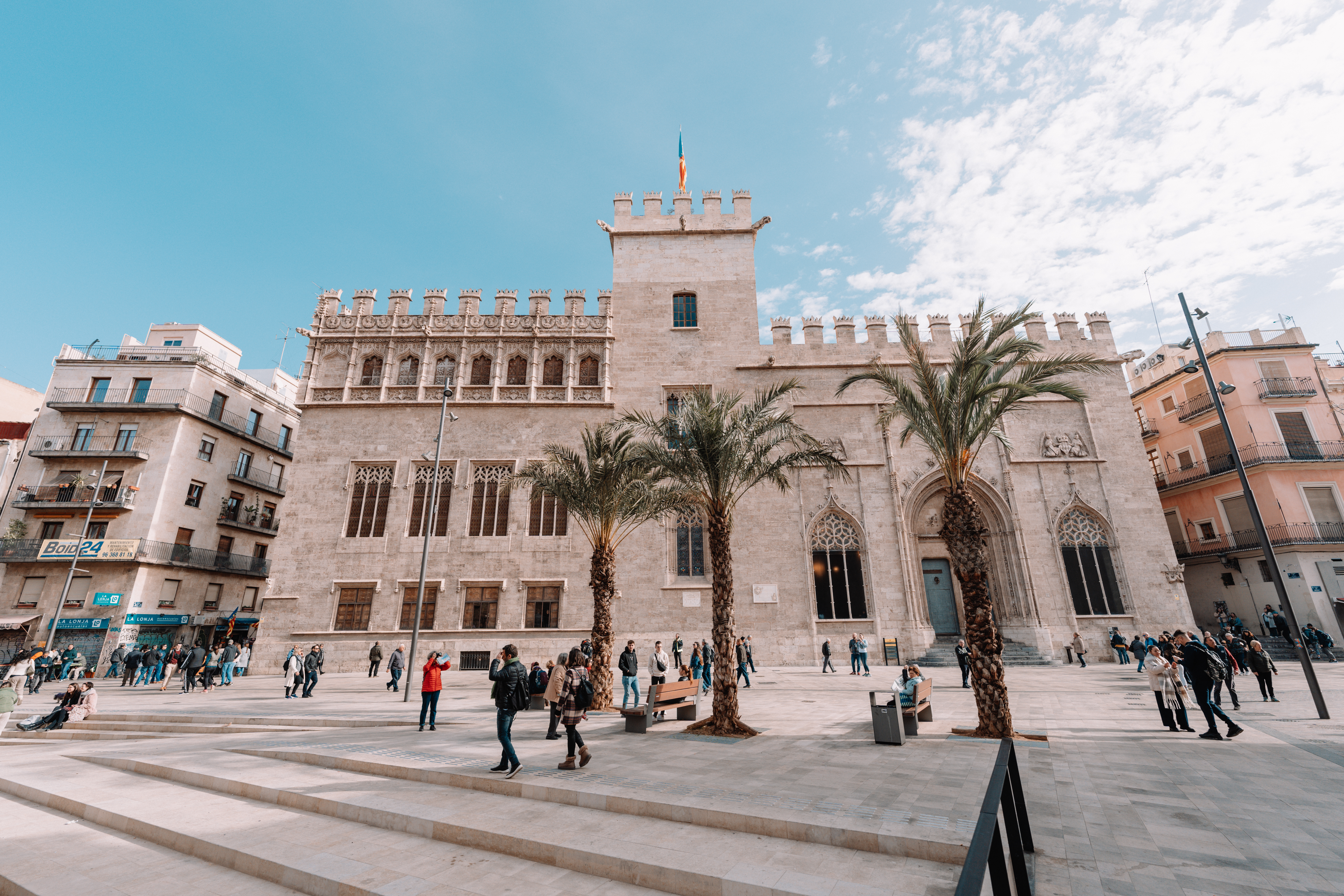
Want to know more about La Lonja
First Printed Book in Valencia
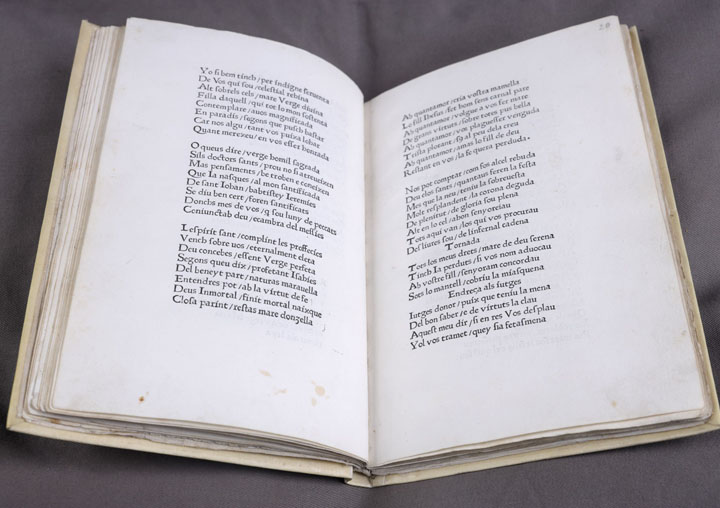
Also in the 15th century, the rise of the printing press had its roots in Valencia. This aims more towards professors who love their history and are curious about the first published book in Valencia. In 1473, Valencia became the first city in the Iberian Peninsula to publish a printed book. This further established a reputation as a center for humanist thought and literary production during the Renaissance period.
Printing Press
Of course, there have always been upheavals in history. The War of the Spanish Succession in the early 18th century resulted in the loss of Valencia’s autonomy and the abolition of its regional laws under the Nueva Planta. This was an important turning point in Spain’s history because the city’s political identity changed as it became a more centralized Spanish state.
Let’s fast forward to the 19th and 20th centuries, and Valencia is once again at the crossroads of history. During the Spanish Civil War, Valencia served as the capital of the Republican government from 1936 to 1937. During the war, Valencia experienced extensive bombing by Italian and German forces aligned with Franco, which left infrastructures heavily damaged. The legacy of the Civil War remains embedded in the city’s collective memory. With its Civil War-era architecture and some underground air raid shelters spread throughout the city of Valencia. Valencia underwent considerable modernization, with the demolition of medieval walls, where you can see the emergence of Modernisme, a Catalan version of Art Nouveau, which included architecture across the city of Valencia. A regional exhibition was hosted in Valencia in 1909, showcasing the city’s industrial, agricultural, and artistic achievements.
Modernisme
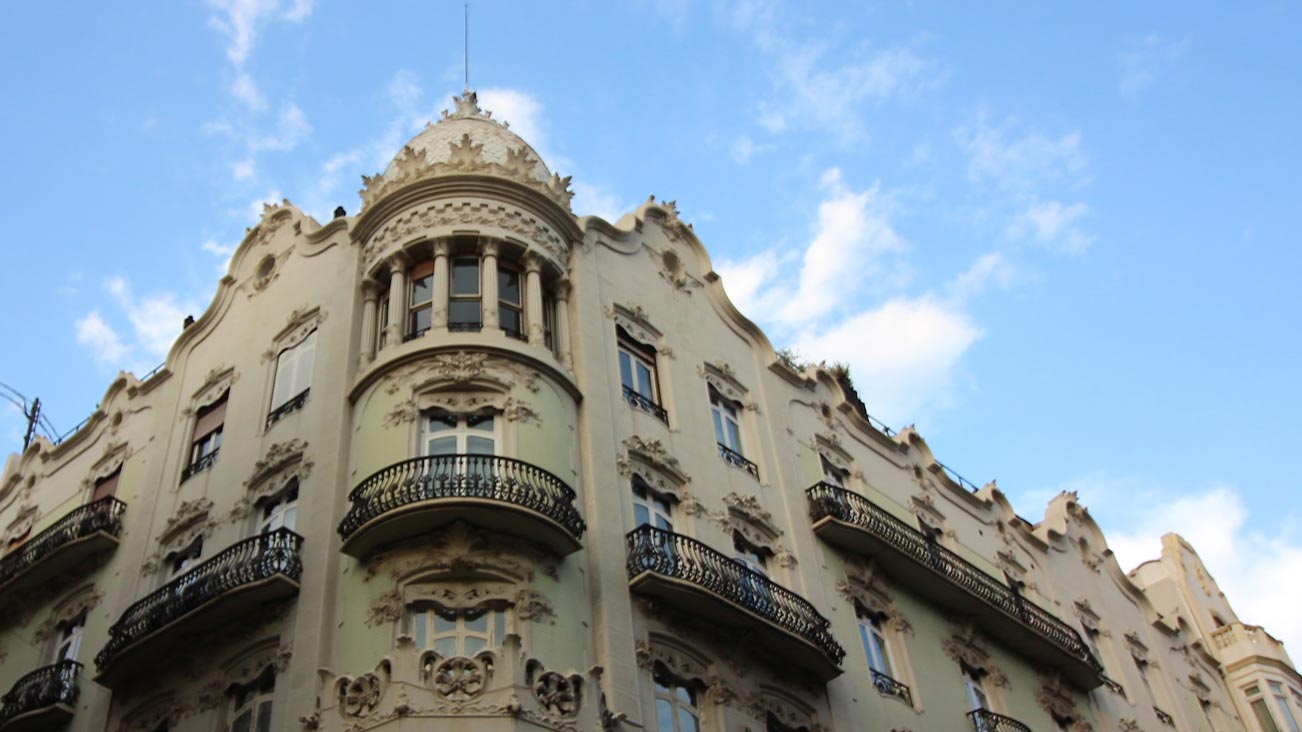
After the war and Spain’s transition away from a dictatorship in the 1970s, the city of Valencia enjoyed its autonomy again. This includes its parliament and official use of the Valencian language, Catalan. In more recent decades, Valencia has experienced a cultural and architectural renaissance, with projects that are both interesting to professors and students. The Ciudad de las Artes y las Ciencias is a futuristic complex of museums, theaters, and an oceanarium that demonstrates Valencia’s commitment to innovation, science, and the arts.
Ciudad de las Artes y Las Ciencias
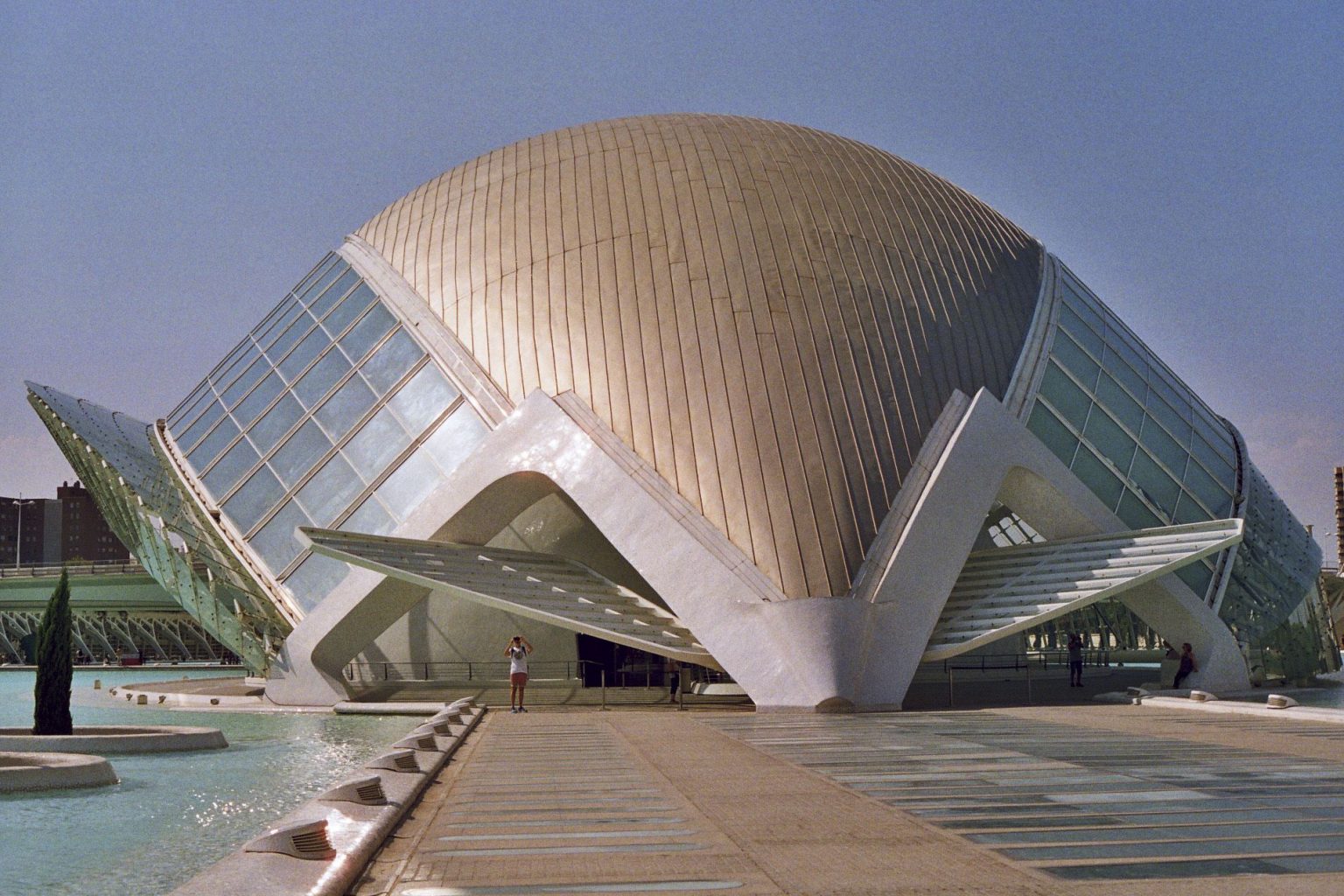
Valencia demonstrates those qualities by having festivities like La Falla. This festival is important to the Valencian culture, they were declared an Intangible Cultural Heritage by UNESCO. The festival is usually held in March when large monuments called “fallas” come out and are built with combustible materials.
Las Fallas
